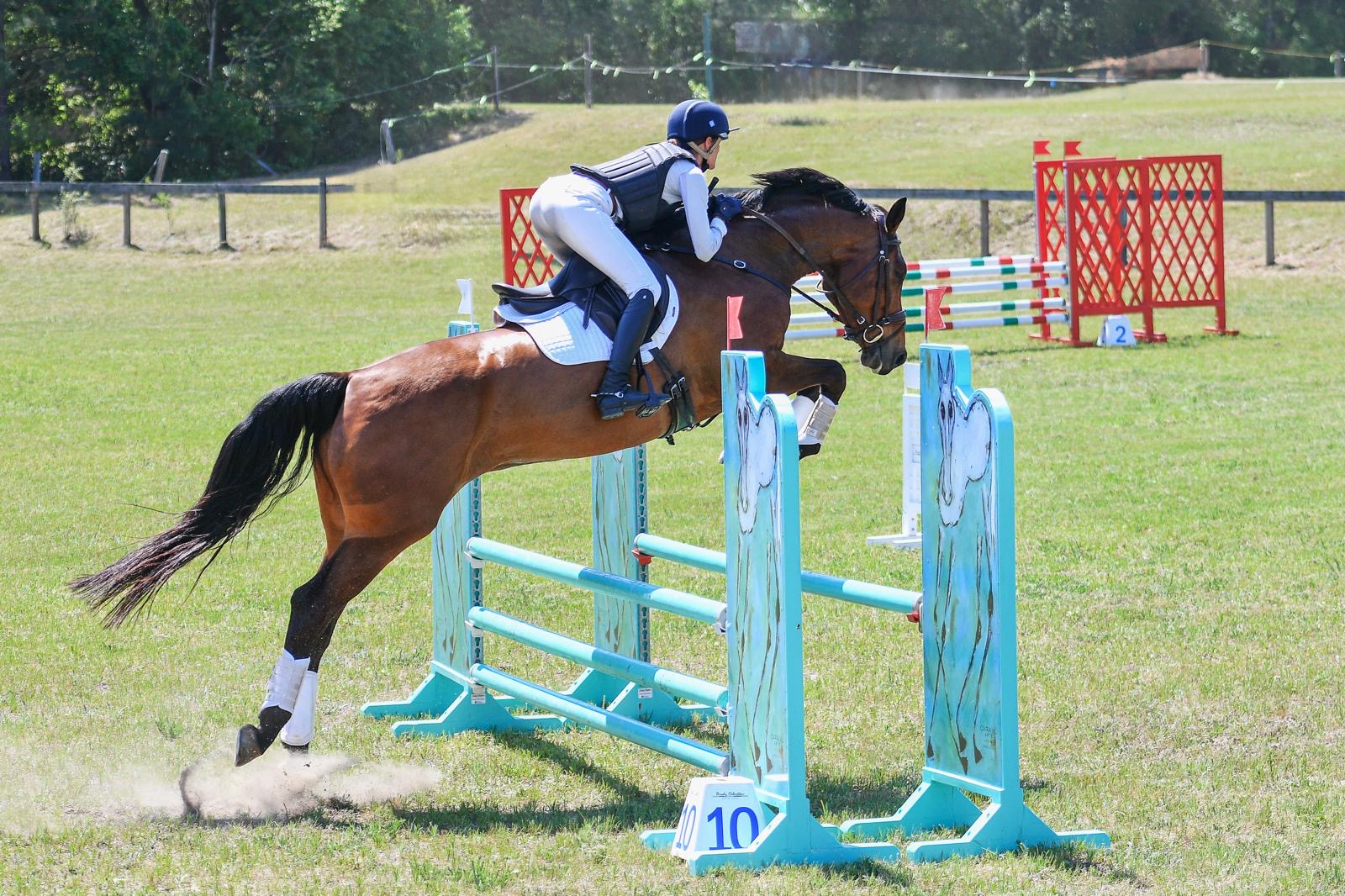
As horse people, we can’t just get away with knowing how to sit on our horses and complete a series of movements in the arena. We also have to have a pretty firm grasp on the health and well being of our equine counterparts, and due to the fact that they can’t tell us if they are feeling ill, we have to use our observation and diagnostic skills to help them. Knowing how to check your horse’s vital signs can mean the difference between a healthy horse and a giant vet bill, so listen up!
This original article was written on HorseTalk, and you can view the full piece here. [Know Your Vital Signs]
Whenever something seems suspicious about your horse’s wellbeing, the first thing you should go ahead and check is the pulse. A normal pulse should be about 36 to 38 beats per minute, but this is only when the horse is at rest. If he’s been running around in the field like a maniac, wait until everything calms down to take his pulse. There’s a great artery that resides right under the cheekbone, one on either side. Take two or three fingers, and press inwards and upwards to feel a beating pulse. Once you feel it, count the beats for 30 seconds, and then double it. Anything between 30 and 40 beats is in the normal range. If your horse has a resting pulse of over 60 beats per minute, or has an irregular pulse, you should call your vet right away.
Checking your horse’s breathing rate is the next thing, although similarly to the pulse, it doesn’t count if he’s been galloping about in the field. The way to measure breaths is to watch the horse’s flank while standing at the shoulder. Count the times that the belly inflates and deflates for one minute. Depending on the weight of the horse and the temperature of the environment, a normal result can vary. Anywhere between 8 and 16 breaths a minute is OK, but anything above this in a resting horse is a little worrying.
Other than measuring the number of breaths per minute, it’s important to notice what type of breaths your horse is taking. Is your horse experiencing trouble breathing? Is it labored or short of wind? The best way to know how to react is to measure and record what type of breathing your horse does on a day when you know he is healthy. This gives you something to compare against when you are suspicious of illness.
During the EHV-1 scare this spring, I got pretty familiar with taking my horses’ temperatures. Get yourself one of those nice digital plastic thermometers, and your life gets a whole lot easier. Not only do you not have to wait very long for it to get a measurement, and they are incredibly easy to clean and disinfect. Be sure that your horse isn’t surprised or offended by the action though, because you don’t want to get kicked. Most thermometers will give you a little beep when they have finished, so you can stay focused on holding the tail up and your body out of the kicking zone. A normal temperature lies between 99.5 degrees Fahrenheit and 101.4 degrees.
It is helpful in this realm to know what each individual horse usually registers, however, as each horse is different. For instance, I know that Nyls runs around a 99.8 and my mare, Ella, usually has a higher temperature at 100.7. If you’re monitoring your horse’s temperature on a daily basis, be sure to take its temperature around the same time each day, because their temperatures also vary due to the time. If you detect a radically elevated temperature on your horse, it’s usually a good sign that something isn’t going well with their body, and is cause for concern.
Checking to see if your horse is properly hydrated is important as well. Dehydration can be a big cause of discomfort, and lead to colic. The best way to tell hydration levels is to measure the capillary-refill time. To do this, you need to flip your horse’s upper lip up, and press your thumb into their gum right above a coner incisor, and see how fast the blood returns to the area. It should be two seconds or less. If this process takes a longer period of time, your horse could be a little dehydrated. If you find that the gums are in any way funny looking (yellow, blue or red), call your vet immediately.
Listening to your horse’s gut can be one of the best skills to have when diagnosing discomfort. Colic is a scary thing, and knowing what to observe can save you a lot of money, hassle, and health problems. You can use a stethoscope or just your ear for this method. When you put your ear to the horse’s stomach right behind the ribs, you should hear gurgles, squeaks, rumblings and other varied noises. If you don’t hear loud or frequent gut sounds, that’s a sign of problems. The worst sign is a total lack of sounds. This means that your horse might have a twisted bowel or impacted blocks of food in the gut. If this is true, there might be occasional sounds of “plink plink” like a water droplet. If you hear silence accompanied by plinking, call your vet immediately.
Knowing how to do basic diagnostic methods can be very important in your life as an equestrian. Even if you have to call the vet, you can give him or her an idea of what is worrying you, and in a dire situation they can instruct you on how to deal with the situation as they are traveling to you. Keep in mind that knowing what the normal measurement of everything is for your specific horse is a great idea, and even keeping a notebook of regular measurements is a super tool. Stay informed, and stay vigilant!




















